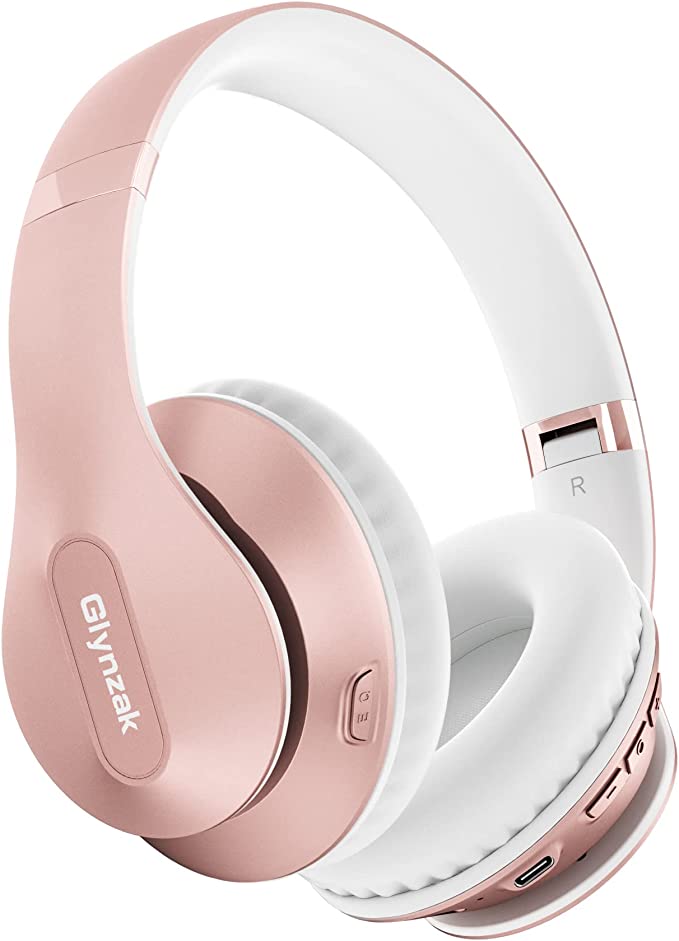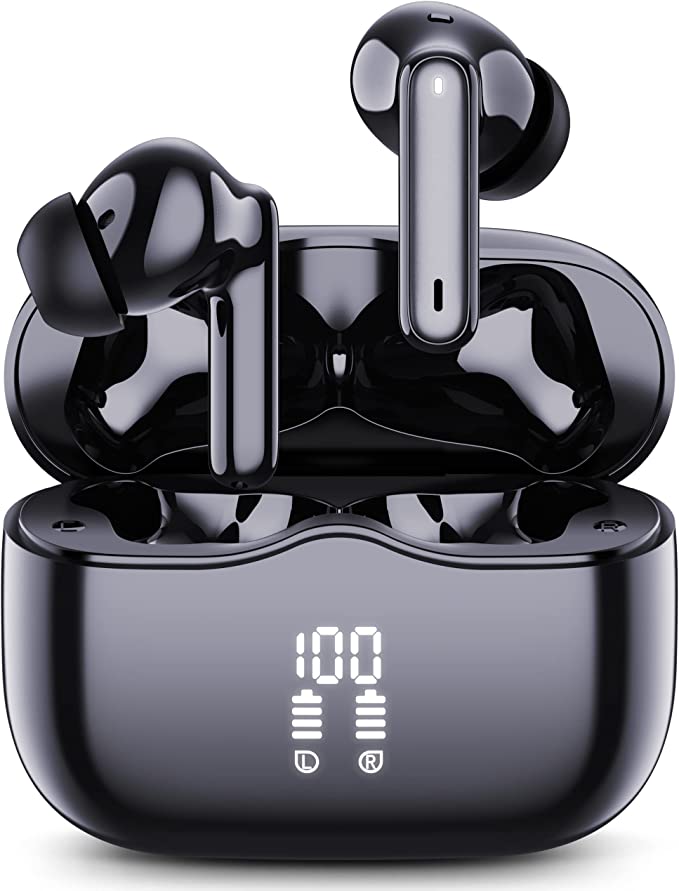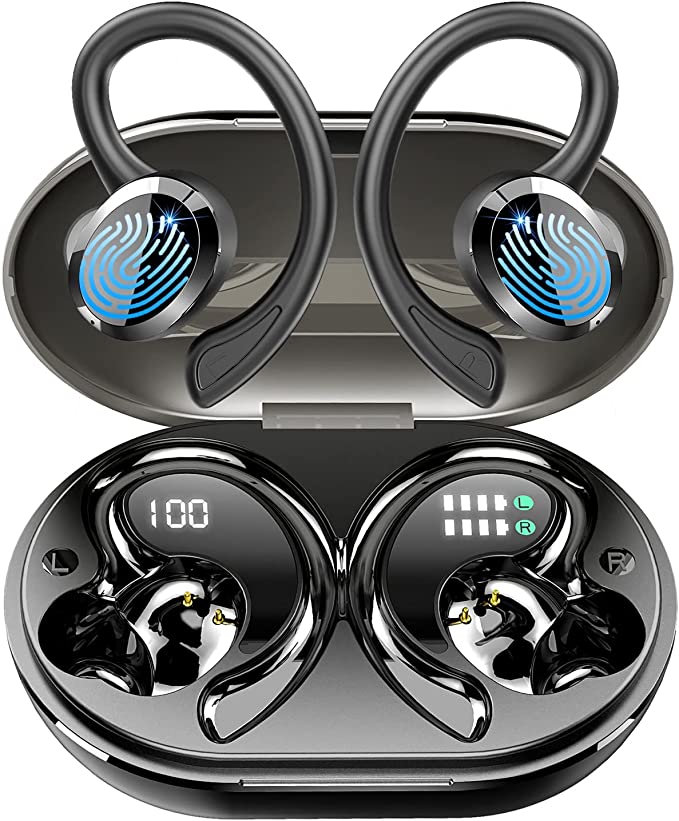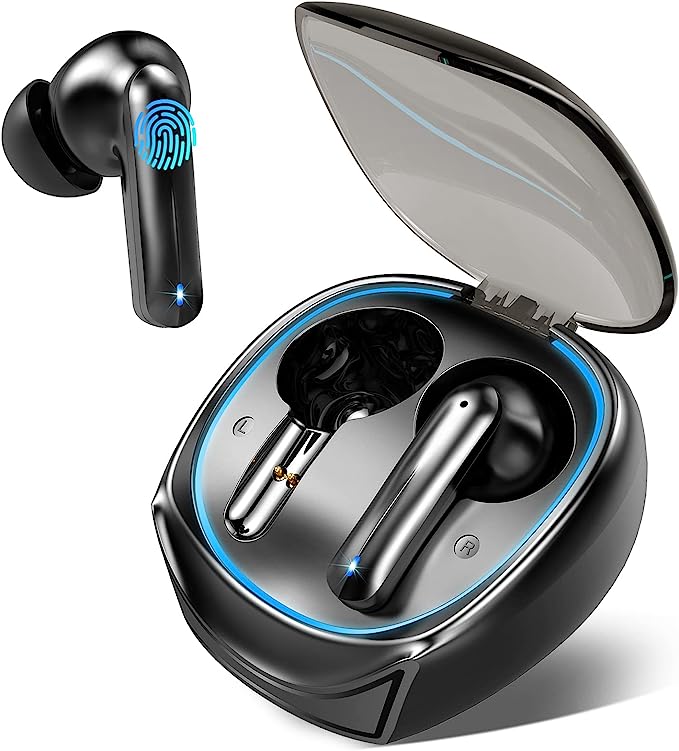The Unofficial Guide to Your First Wireless Earbuds: Mastering the Jesebang BD86
Update on Oct. 30, 2025, 4:12 p.m.
Welcome to the world of True Wireless Stereo (TWS) earbuds.
It’s an exciting step up from tangled wires, but let’s be honest: that first-time setup can be a headache. If you’ve just unboxed a pair—maybe they’re the popular Jesebang BD86 or a similar model—you might be wondering, “Why won’t they connect?” or “Why is only one playing?”
Don’t worry. You’re not doing anything wrong, and this is the most common hurdle for every new TWS user.
Think of me as your guide. This isn’t a technical manual. It’s the “missing chapter” that explains how these devices think, so you can go from frustrated to master-user in about 10 minutes. We’ll use the BD86 as our main example, but these principles apply to almost any wireless earbuds you’ll encounter.

Part 1: The First Connection (The “Big One”)
With wired headphones, it was simple: plug them in. Wireless earbuds require a two-step process called pairing and connecting.
- Pairing: This is the “first date.” You are introducing your phone to your earbuds, and they are agreeing to trust each other. You only have to do this once.
- Connecting: This is what happens every time after that. You open the case, and the earbuds say, “Hi, phone I already know!” and automatically connect.
The trouble usually happens during that first “pairing” step. Let’s walk through it, using the BD86 as our example (as detailed in its manual).
Your First-Time Pairing Guide:
- Start Fresh: Make sure both earbuds and the case are charged. (We’ll cover that LED display later).
- Open the Case: Take both earbuds out. This is a critical step. When you remove them, they instantly turn on and start “talking” to each other. You’ll see their indicator lights flash. This is them saying, “Okay, I’ve found my partner, we’re a stereo pair now.”
- Go to Your Phone: Open your phone’s Bluetooth settings menu.
- Enable Bluetooth: Turn it on. Your phone will start “scanning” for new devices.
- Find the Name: In the list of available devices, you should see “BD86”. Tap on it.
- Confirm: You might hear a “Connected” prompt in your ears. Your phone’s menu will now show “BD86” as connected.
That’s it. You’re paired. From now on, just taking the buds out of the case should automatically connect them to your phone.








































